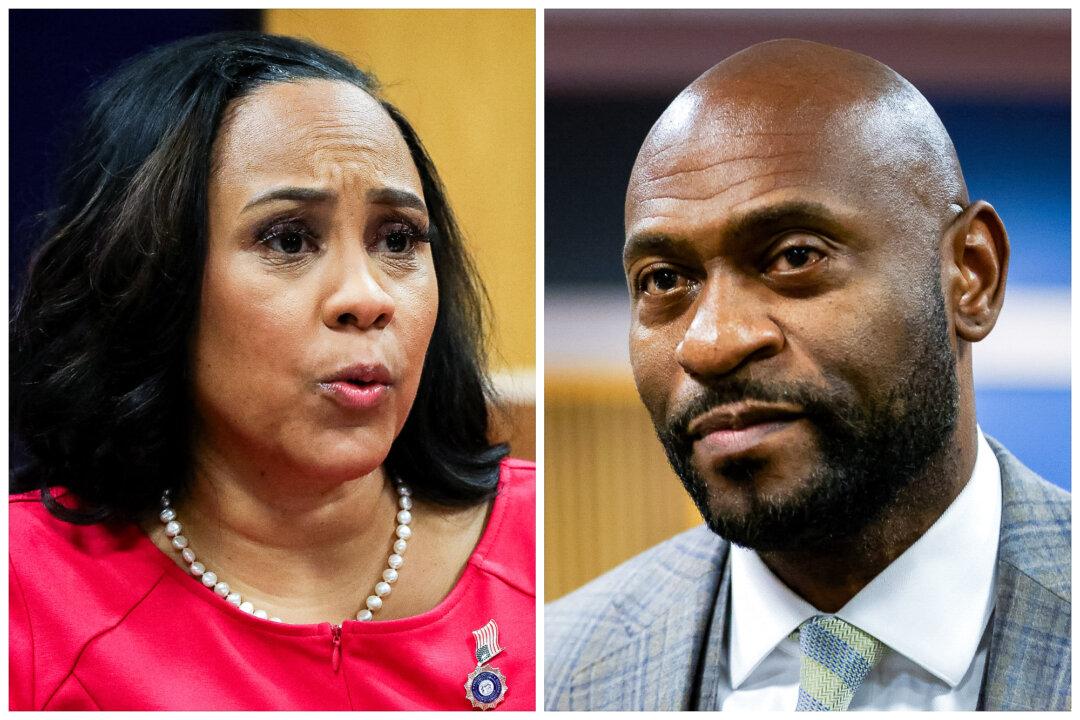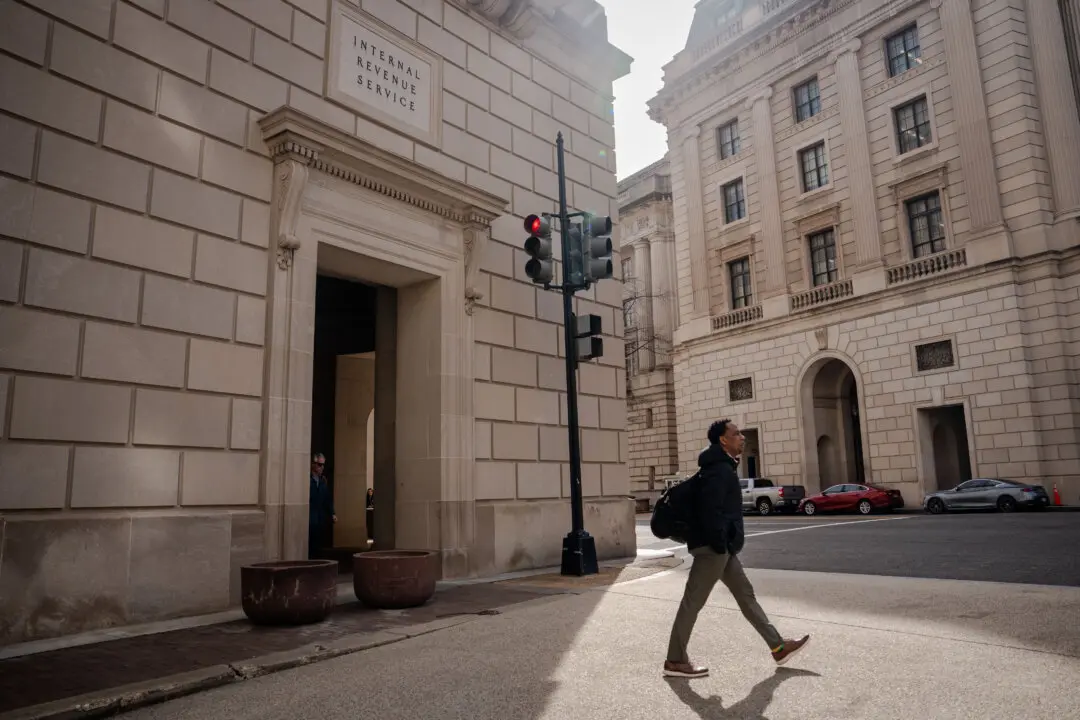Former President Donald Trump’s Georgia attorneys hired a private investigator to obtain calls between the Fulton County district attorney and her special counsel, finding they allegedly made more than 2,000 calls and 12,000 texts in 2021, many months before their relationship allegedly started, according to a court filing.
Trump attorneys Steve Sadow and Jennifer Little on Friday filed a court affidavit from a private investigator to provide a text and voice call history for the special counsel, Nathan Wade. Ms. Willis and Mr. Wade have been accused of engaging in an improper and secretive relationship in which Ms. Willis financially benefitted from public funds.
Last week during testimony, the pair acknowledged they had a romantic relationship, asserting that the relationship started after she hired Mr. Wade in the Trump case. Both also denied that Ms. Willis financially benefitted from the arrangement.
The report from the investigator, Charles Mittelstadt, said he used CellHawk, a geo-mapping and analysis program, to report that allegedly “more than 2,000 voice calls and just under 12,000 text messages [were] exchanged over the 11-month period in 2021” between the two. It also included a heat map that “highlights the interaction patterns which demonstrate a prevalence of calls made in the evening hours.”
The filing suggested that Mr. Wade allegedly made 35 visits to a condo in Hapeville, Georgia, where Ms. Willis had lived, and it alleged that he visited her condo late at night twice and left early in the morning—before their relationship allegedly started. That property was owned by Ms. Yeartie, she testified.
On the witness stand, the Fulton County district attorney forcefully pushed back against any suggestion that her relationship with Mr. Wade created a conflict of interest and accused a defense attorney of trying to smear her with salacious lies in an effort to discredit the case against President Trump. Her team opted not to bring her back on Friday, avoiding the spectacle of more deeply personal testimony from the district attorney.
Around that time, she suggested that the defense attorneys were lying and that Ms. Yeartie’s testimony should be called into question.
Both Mr. Wade and Ms. Willis suggested he visited her home about ten times.
“Let’s say more than 10, but I’m not sure that that’s even accurate. He certainly has come and picked me up, gone and grabbed some food to eat. I don’t remember him being in that condo a lot,” Ms. Willis said last week during her testimony as she was questioned by Mr. Sadow.
Mr. Sadow suggested that cellphone data could be used to show that Mr. Wade visited her home more times than he let on.
“So, if phone records were to reflect that you were making phone calls from the same location as the condo before Nov. 1 of 2021, and it was on multiple occasions, the phone records would be wrong?” Mr. Sadow asked Mr. Wade. “If phone records reflected that? Yes, sir,” Mr. Wade responded.
During questioning, Mr. Wade stated that he never spent the night at the district attorney’s house, but Mr. Mittelstadt’s records suggested otherwise.
On Sept. 11, 2021, or two months before they said the relationship started, his phone “left the Doraville area and arrived within the geofence located on the Dogwood address at 10:45 P.M,” Mr. Mittelstadt added, referring to her condo address. The Wade phone remained there until September 12 at 3:28 A.M. at which time the phone traveled directly to towers located in East Cobb consistent with his routine pinging at his residence in that area,” he said.
He also explained that the program he used, CellHawk, “is considered by law enforcement to be the gold standard in cellphone records analytics,” adding it is used by law enforcement across the country.
“CellHawk is considered by law enforcement to be the gold standard in cellphone records analytics,” Mr. Mittelstadt said, noting it is used by law enforcement throughout the United States and Georgia.
It’s now up to Fulton Superior Court Judge Scott McAfee to decide whether to allow the affidavit to be used as evidence.







